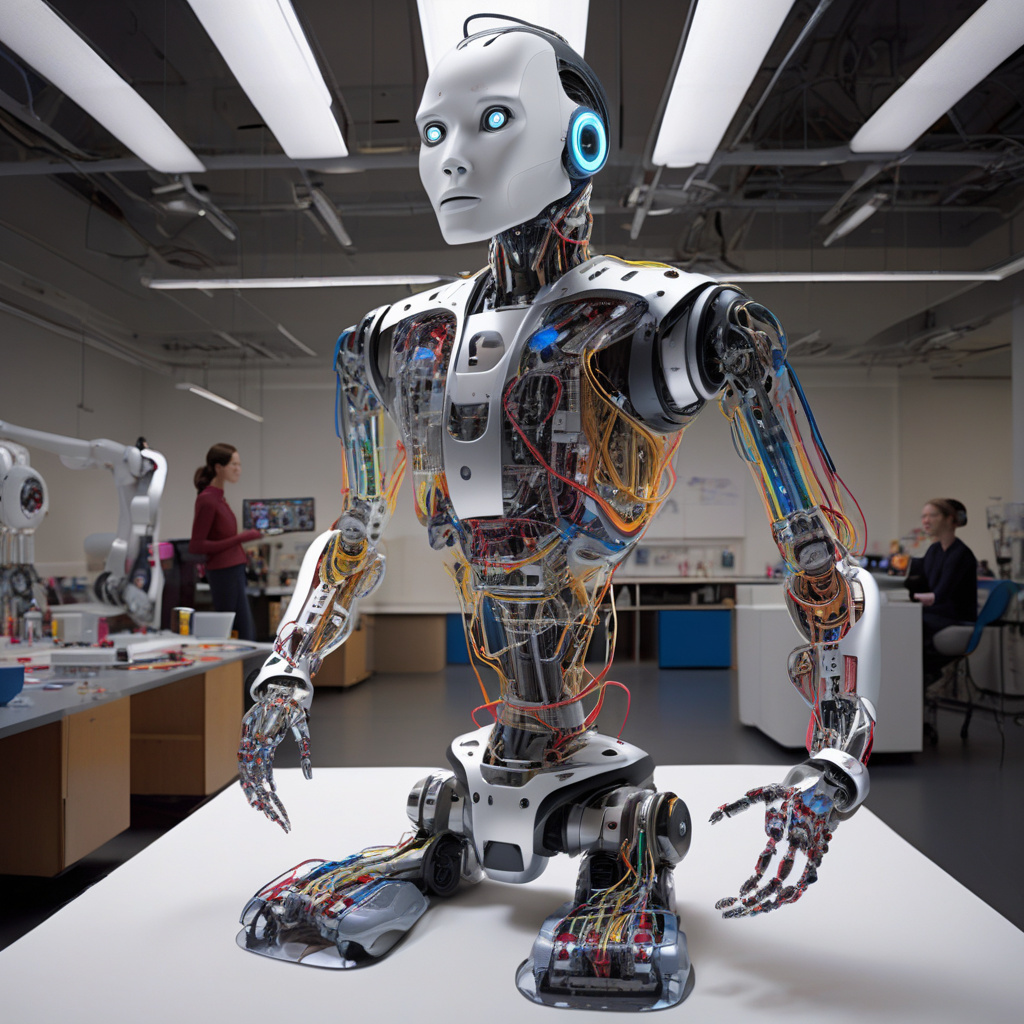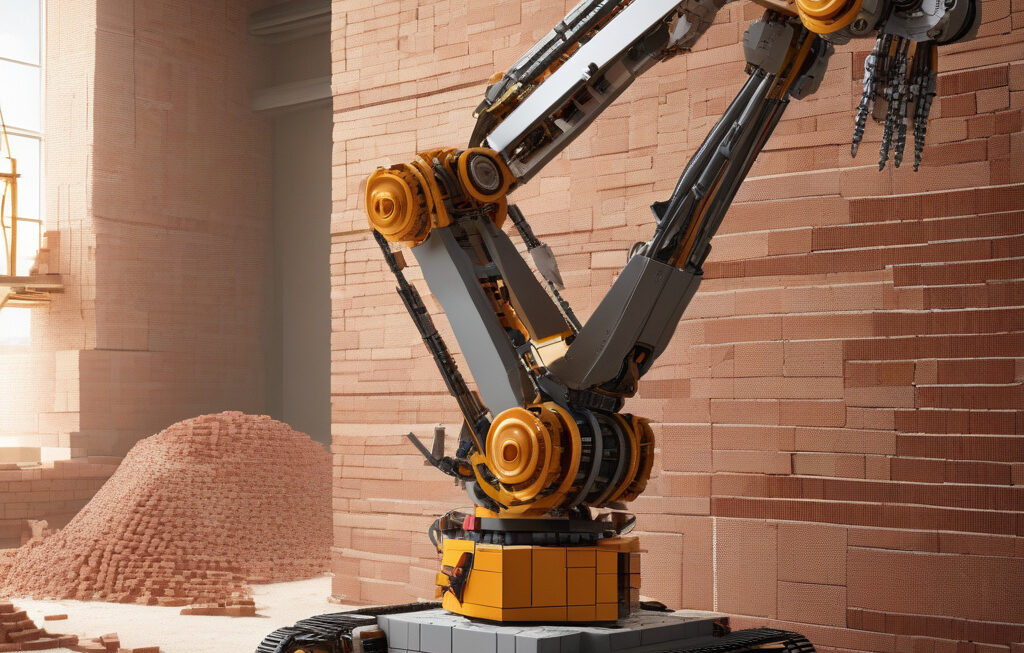MIT and NVIDIA Research researchers have developed a powerful new algorithm that drastically accelerates how robots can operate in real time. This groundbreaking technology allows robots to plan thousands of moves in a matter of seconds, revolutionizing the field of robotics as we know it.
Imagine a world where robots can react and adapt to their surroundings instantaneously, making split-second decisions with precision and accuracy. Thanks to the innovative collaboration between MIT and NVIDIA Research, this futuristic vision is now becoming a reality.
The key to this technological leap lies in the development of a cutting-edge algorithm that enables robots to process vast amounts of data at lightning speed. By leveraging the power of artificial intelligence and machine learning, these robots can now analyze complex scenarios, predict potential outcomes, and map out a series of actions in a fraction of the time it would take a human to do the same.
One of the most impressive aspects of this new technology is its ability to handle dynamic and unpredictable environments with ease. Whether it’s navigating a crowded city street or responding to unexpected obstacles, these robots can adjust their plans on the fly, ensuring optimal performance in any situation.
But the benefits of this innovation extend far beyond just improved reaction times. By enabling robots to plan thousands of moves in seconds, this algorithm opens up a world of possibilities for automation in various industries. From manufacturing and logistics to healthcare and even space exploration, the potential applications of this technology are virtually limitless.
For example, in the manufacturing sector, robots equipped with this advanced algorithm can optimize production processes, minimize downtime, and increase overall efficiency. In healthcare, these robots can assist medical professionals in performing complex surgeries with unparalleled precision, ultimately improving patient outcomes.
Moreover, the integration of this technology into autonomous vehicles could revolutionize the way we think about transportation. Imagine self-driving cars that can navigate busy city streets, anticipate traffic patterns, and react to changing road conditions in real time, all thanks to the power of MIT and NVIDIA Research’s groundbreaking algorithm.
As we look to the future, it’s clear that the collaboration between MIT and NVIDIA Research represents a significant milestone in the advancement of robotics and artificial intelligence. By pushing the boundaries of what is possible, these researchers have set the stage for a new era of innovation and progress in the field of robotics.
In conclusion, the development of this new algorithm marks a major step forward in enabling robots to operate in real time and plan thousands of moves in seconds. With its potential to revolutionize industries and improve efficiency across the board, this technology is sure to have a lasting impact on the way we interact with automation in the years to come.
MIT, NVIDIA Research, robots, real time, algorithm, innovation, technology, artificial intelligence, machine learning












